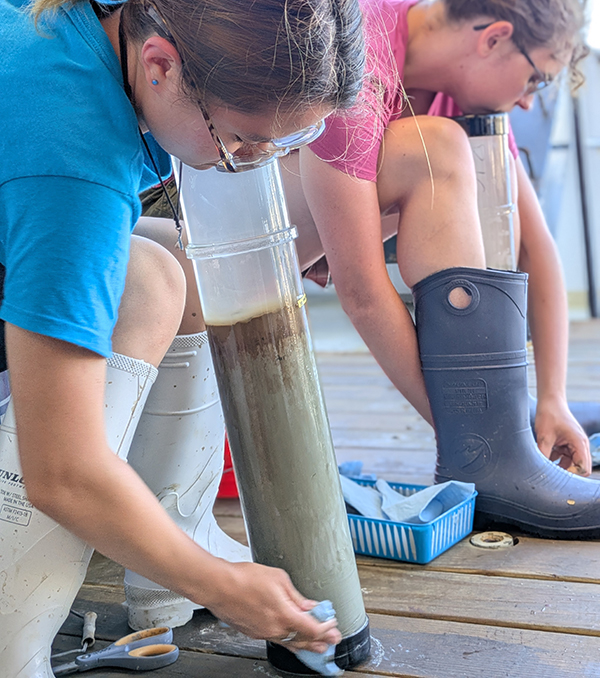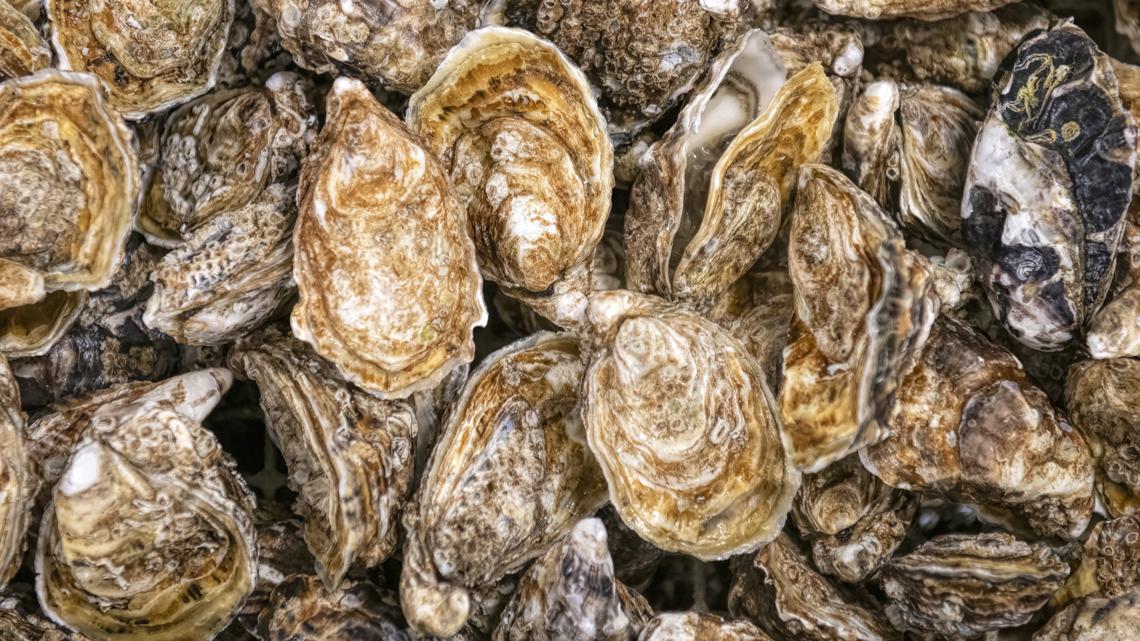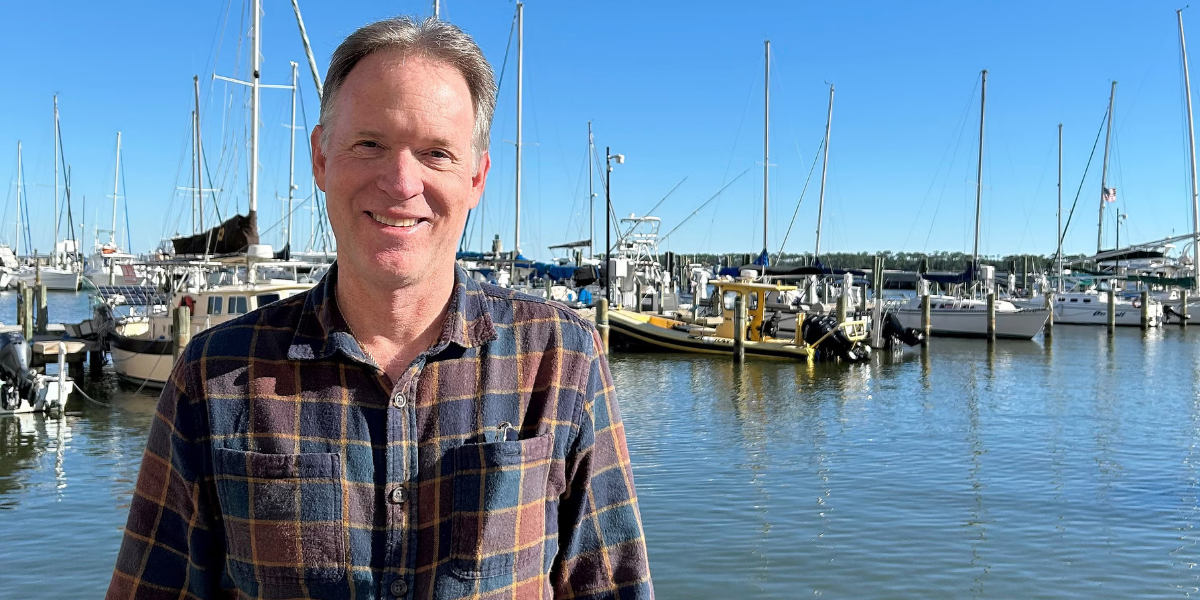Multinational operation to combat illegal fishing in the Pacific concludes – Baird Maritime

Report on Multinational Maritime Operation Targeting IUU Fishing in the Pacific
Operational Summary and Contribution to Sustainable Development Goals
A multinational maritime operation was conducted in the Pacific Ocean to combat illegal, unreported, and unregulated (IUU) fishing, directly supporting the United Nations Sustainable Development Goals (SDGs). The mission, as stated by operation commander Lt. Cmdr. Mary Kate Wheeler, is integral to preserving marine ecosystems and ensuring regional stability.
Key Outcomes and SDG Alignment
The operation’s results underscore a significant effort to enforce international maritime law and achieve key sustainability targets.
- Area of Operations: A total of 6.54 million square nautical miles (22.4 million square kilometres) were surveyed, demonstrating a large-scale commitment to monitoring and protecting marine environments as outlined in SDG 14 (Life Below Water).
- Enforcement Actions: The execution of 31 high seas boardings and 80 aerial sightings of fishing vessels represents a direct action to regulate harvesting and end IUU fishing, a core component of SDG 14.4.
- Violations Reported: A total of 39 potential violations were documented and referred to the relevant flag states. This process strengthens accountability and promotes the rule of law, contributing to SDG 16 (Peace, Justice and Strong Institutions).
International Cooperation and Partnerships for the Goals
The success of the operation was contingent on robust international collaboration, a fundamental principle of SDG 17 (Partnerships for the Goals). The following nations and assets were deployed in a coordinated effort:
- United States: The US Coast Guard Cutter Harriet Lane.
- Australia: The New South Wales Police Force OPV Nemesis.
- France: The French Navy vessels Auguste Benebig and Teriieroo a Teriierooiterai.
This partnership exemplifies the global cooperation required to address the transnational challenge of IUU fishing and advance the 2030 Agenda for Sustainable Development.
1. Which SDGs are addressed or connected to the issues highlighted in the article?
The primary Sustainable Development Goal addressed in the article is:
-
SDG 14: Life Below Water
This goal is central to the article, which focuses on conserving and sustainably using the oceans, seas, and marine resources. The operation described, aimed at combating “illegal, unreported, and unregulated fishing in the Pacific Ocean,” is a direct action to protect marine ecosystems and ensure the sustainability of marine life.
2. What specific targets under those SDGs can be identified based on the article’s content?
Based on the focus of the operation, the following specific targets under SDG 14 are identified:
-
Target 14.4: End IUU Fishing
The article directly aligns with this target, which aims to “effectively regulate harvesting and end overfishing, illegal, unreported and unregulated (IUU) fishing.” The mission’s stated purpose, as articulated by Lt. Cmdr. Mary Kate Wheeler, is to “combat ‘illegal, unreported, and unregulated fishing in the Pacific Ocean.'” The entire operation, including surveillance and boardings, is an effort to enforce regulations and stop these harmful practices.
-
Target 14.c: Implement and enforce international sea law
This target seeks to “enhance the conservation and sustainable use of oceans and their resources by implementing international law.” The multinational nature of the operation, involving assets from the United States (USCG Cutter Harriet Lane), Australia (New South Wales Police Force OPV Nemesis), and France (French Navy ships), demonstrates a collaborative effort to enforce maritime laws and regulations on the high seas. Reporting violations to “relevant flag states for action” is a key part of this implementation.
3. Are there any indicators mentioned or implied in the article that can be used to measure progress towards the identified targets?
Yes, the article provides several quantitative metrics that serve as direct indicators of the actions taken to achieve the identified targets. These indicators measure the scale and outcome of the enforcement activities:
- Number of potential violations reported: The article states, “A total of 39 potential violations were reported.” This is a direct indicator of enforcement action against IUU fishing (Target 14.4).
- Number of high seas boardings and aerial sightings: The text mentions “80 aerial sightings of fishing vessels and 31 high seas boardings.” These figures serve as indicators of the level of monitoring, surveillance, and control being exerted over the fishing activities in the region.
- Geographical area of operation: The operation covered “over 6.54 million square nautical miles,” indicating the vast scale of the effort to regulate harvesting and enforce maritime law across the Pacific Ocean.
- Number of participating assets and nations: The deployment of specific vessels from the US, Australia, and France is an indicator of international cooperation in implementing sea law (Target 14.c).
4. Table of SDGs, Targets, and Indicators
| SDGs | Targets | Indicators |
|---|---|---|
| SDG 14: Life Below Water | Target 14.4: By 2020, effectively regulate harvesting and end overfishing, illegal, unreported and unregulated (IUU) fishing and destructive fishing practices. |
|
| SDG 14: Life Below Water | Target 14.c: Enhance the conservation and sustainable use of oceans and their resources by implementing international law. |
|
Source: bairdmaritime.com

What is Your Reaction?
 Like
0
Like
0
 Dislike
0
Dislike
0
 Love
0
Love
0
 Funny
0
Funny
0
 Angry
0
Angry
0
 Sad
0
Sad
0
 Wow
0
Wow
0













































































